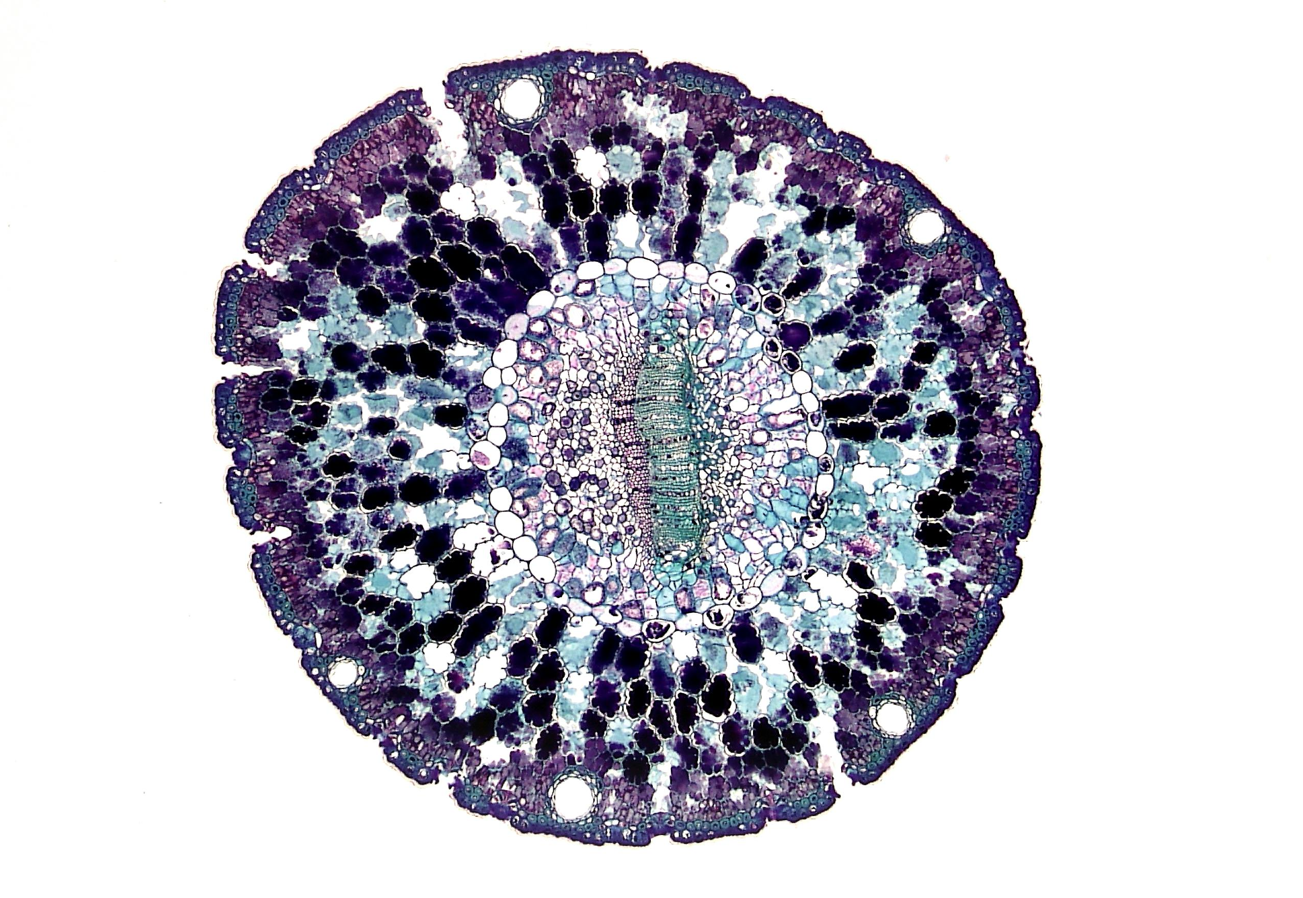
The Science of Emotional Intelligence
Listen to Podcast on this article here
https://therapistpoint.com/podcast/the-science-of-emotional-intelligence
Exploring how emotional intelligence (EQ) plays a role in relationships, leadership, and personal success.
In my years as a therapist, I’ve had the privilege of working with individuals from all walks of life, each bringing their unique emotional landscapes to our sessions. Some have come to me overwhelmed by stress at work, others seeking to repair fractured relationships, and many hoping to find balance in the chaos of daily life. One thing I’ve noticed over and over is that those who possess higher emotional intelligence—or EQ—often fare better not only in managing their emotions but in navigating life’s complex social and professional dynamics.
Emotional intelligence is not just a buzzword; it’s a scientifically validated framework for understanding and managing our emotions in ways that lead to healthier relationships, more effective leadership, and greater personal success. The concept, popularized by psychologist Daniel Goleman, is defined by five key components: self-awareness, self-regulation, motivation, empathy, and social skills (Goleman, 1995). In this article, I’ll explore how these components play out in real-world scenarios, drawing from both research and my own therapeutic experiences.
Emotional Intelligence in Relationships
One of my clients, let’s call her Sarah, came to me struggling with feelings of isolation in her marriage. She couldn’t understand why small arguments with her spouse would escalate into full-blown fights. As we worked through these moments in therapy, it became clear that a lack of emotional intelligence was at the heart of the issue. Sarah wasn’t aware of how her own emotional triggers were influencing her responses to her partner. Without self-awareness, she couldn’t regulate her emotions, and without regulation, empathy became harder to access.
We began working on her self-awareness by having her track her emotions and reactions to stressors throughout the week. Slowly, Sarah started to notice patterns—how fatigue or frustration at work would often spill into her conversations at home. With this newfound awareness, she could then focus on self-regulation—learning techniques to pause, breathe, and respond thoughtfully instead of reacting impulsively. Over time, her empathy for her spouse grew, and they began communicating more effectively, resolving conflicts with compassion rather than defensiveness.
This experience highlights the critical role emotional intelligence plays in relationships. People with high EQ are better able to understand their own emotional states and, in turn, relate more empathetically to others. Empathy allows us to step into someone else’s shoes and see things from their perspective, which fosters deeper connections and more harmonious interactions (Schutte et al., 2001).
Emotional Intelligence in Leadership
Leaders who possess emotional intelligence are often more successful at inspiring, managing, and motivating their teams. One of my clients, a mid-level manager named John, was struggling to connect with his employees. He was a brilliant strategist but felt like his team didn’t respect him, and he couldn’t figure out why.
After a few sessions, it became clear that while John excelled in technical skills, his emotional intelligence was underdeveloped. He had difficulty recognizing when his own stress impacted his leadership style, which led him to be abrupt or dismissive without realizing it. His employees felt unheard and unappreciated, which was eroding team morale.
We focused on developing social skills, one of the core elements of EQ. John began practicing active listening and worked on his self-regulation by checking in with his emotions before meetings. When he felt his stress levels rising, he would pause, breathe, and reset his approach. By actively engaging his team with empathy and patience, John was able to rebuild trust, and in turn, his team’s productivity improved (Caruso & Salovey, 2004).
This is a common scenario in leadership. Emotional intelligence in the workplace fosters better teamwork, enhances communication, and allows leaders to build a supportive environment where people feel valued. Self-regulation and empathy are essential for leaders to maintain their composure under pressure and keep their teams motivated, while strong social skills help them manage relationships and conflicts effectively (Goleman, 2000).
Emotional Intelligence and Personal Success
Beyond relationships and leadership, emotional intelligence is often a key driver of personal success. People with high EQ tend to perform better under stress, navigate challenges with resilience, and maintain a balanced outlook on life. In therapy, I’ve seen firsthand how developing emotional intelligence can transform lives.
Take, for example, a young entrepreneur I worked with named Alex. Alex was brilliant but frequently found himself overwhelmed by anxiety and self-doubt. He would often set lofty goals but crumble under the pressure of achieving them. During our sessions, we explored the emotional roots of his anxiety and focused on building self-awareness and motivation—two key components of EQ (Bar-On, 2006).
By increasing his self-awareness, Alex learned to recognize when negative thoughts were clouding his judgment and derailing his progress. He also began to tap into intrinsic motivation—the internal drive that comes from a personal sense of purpose rather than external validation (Zeidner et al., 2009). This shift allowed Alex to approach his goals with clarity and confidence, which helped him achieve personal and professional milestones he had previously thought impossible.
Research supports the idea that emotional intelligence is crucial for success. Studies show that people with high EQ are more likely to achieve their goals, manage stress effectively, and build lasting relationships—all of which are essential for long-term fulfillment (Salovey & Mayer, 1990). Motivation, especially when coupled with emotional regulation, helps individuals stay focused on their objectives and push through obstacles without becoming overwhelmed.
Conclusion: Cultivating Emotional Intelligence
As a therapist, I’ve seen the profound impact that emotional intelligence can have on people’s lives. Whether it’s helping a couple improve their communication, guiding a leader to inspire their team, or empowering an individual to overcome self-doubt, EQ is often the key that unlocks lasting change.
The good news is that emotional intelligence is not fixed—it can be developed and strengthened over time. By practicing self-awareness, regulating emotions, cultivating empathy, and honing social skills, anyone can improve their emotional intelligence and, in turn, enhance their relationships, leadership abilities, and personal success (Goleman, 1995).
If there’s one takeaway from my work with clients, it’s that the journey toward emotional intelligence is both deeply personal and universally transformative. As you become more aware of your emotions and how they influence your behavior, you begin to unlock the potential for more meaningful connections and a more fulfilled life. Emotional intelligence isn’t just about managing emotions—it’s about thriving in every aspect of life, from the boardroom to the living room.
References:
- Goleman, Daniel. Emotional Intelligence: Why It Can Matter More Than IQ. Bantam Books, 1995.
- Salovey, Peter, and John D. Mayer. "Emotional Intelligence." Imagination, Cognition, and Personality, 9(3), 1990.
- Schutte, Nicola S., et al. "Emotional Intelligence and Interpersonal Relations." The Journal of Social Psychology, 141(4), 2001.
- Caruso, David R., and Peter Salovey. The Emotionally Intelligent Manager: How to Develop and Use the Four Key Emotional Skills of Leadership. Jossey-Bass, 2004.
- Bar-On, Reuven. "The Bar-On Model of Emotional-Social Intelligence (ESI)." Psicothema, 2006.
- Zeidner, Moshe, Gerald Matthews, and Richard D. Roberts. What We Know About Emotional Intelligence: How It Affects Learning, Work, Relationships, and Our Mental Health. MIT Press, 2009.
- Goleman, Daniel. "Leadership That Gets Results." Harvard Business Review, March-April 2000.









